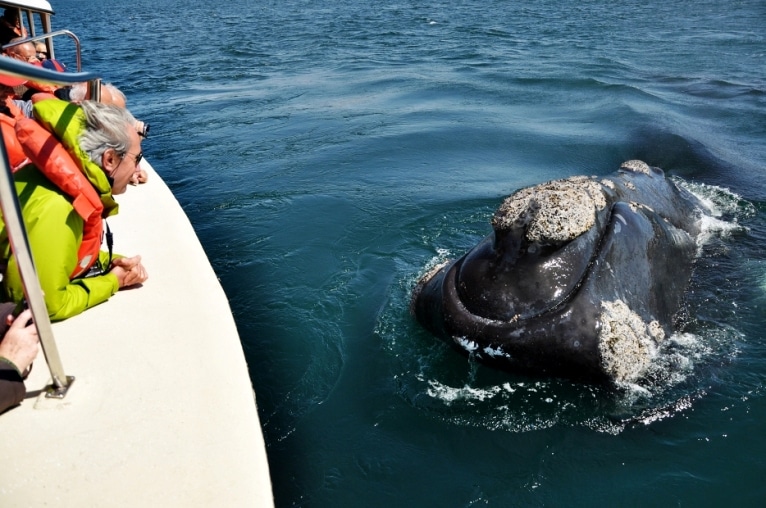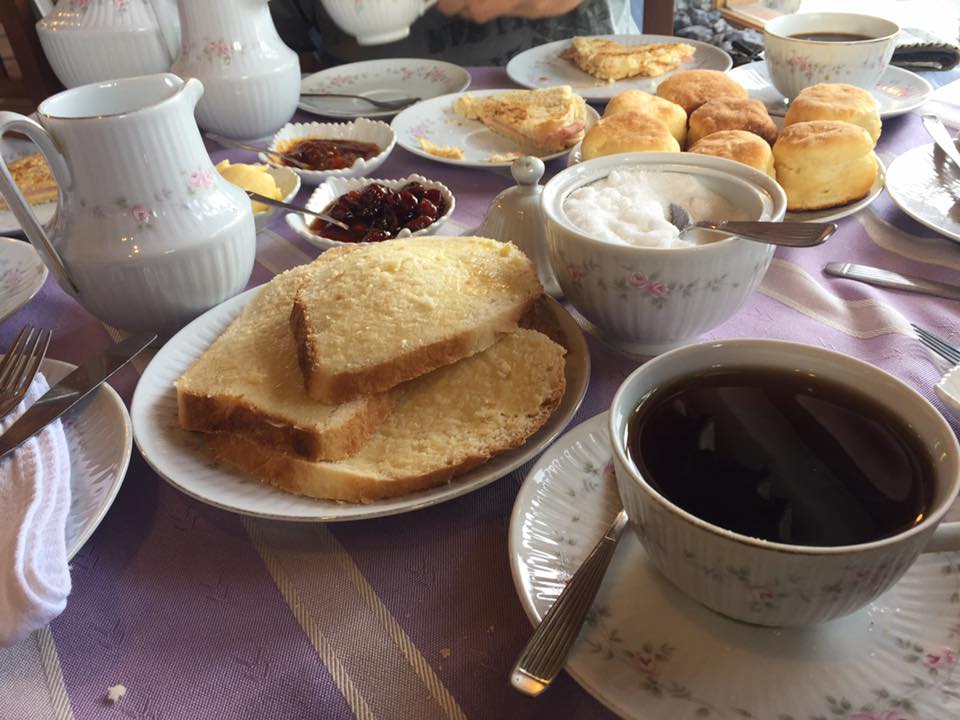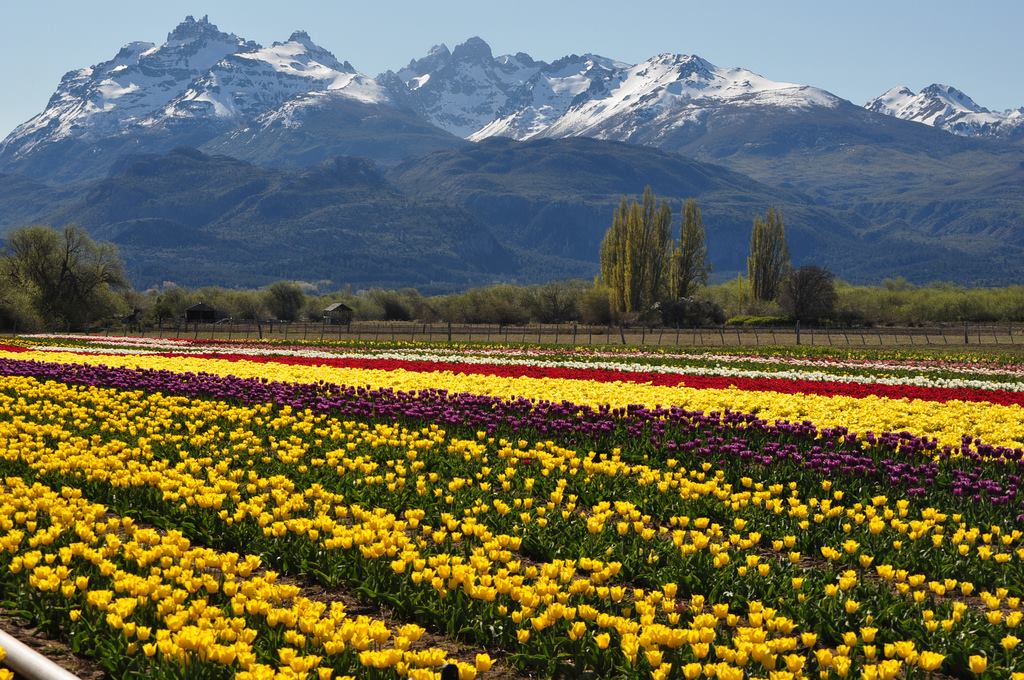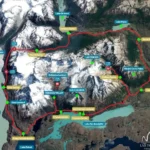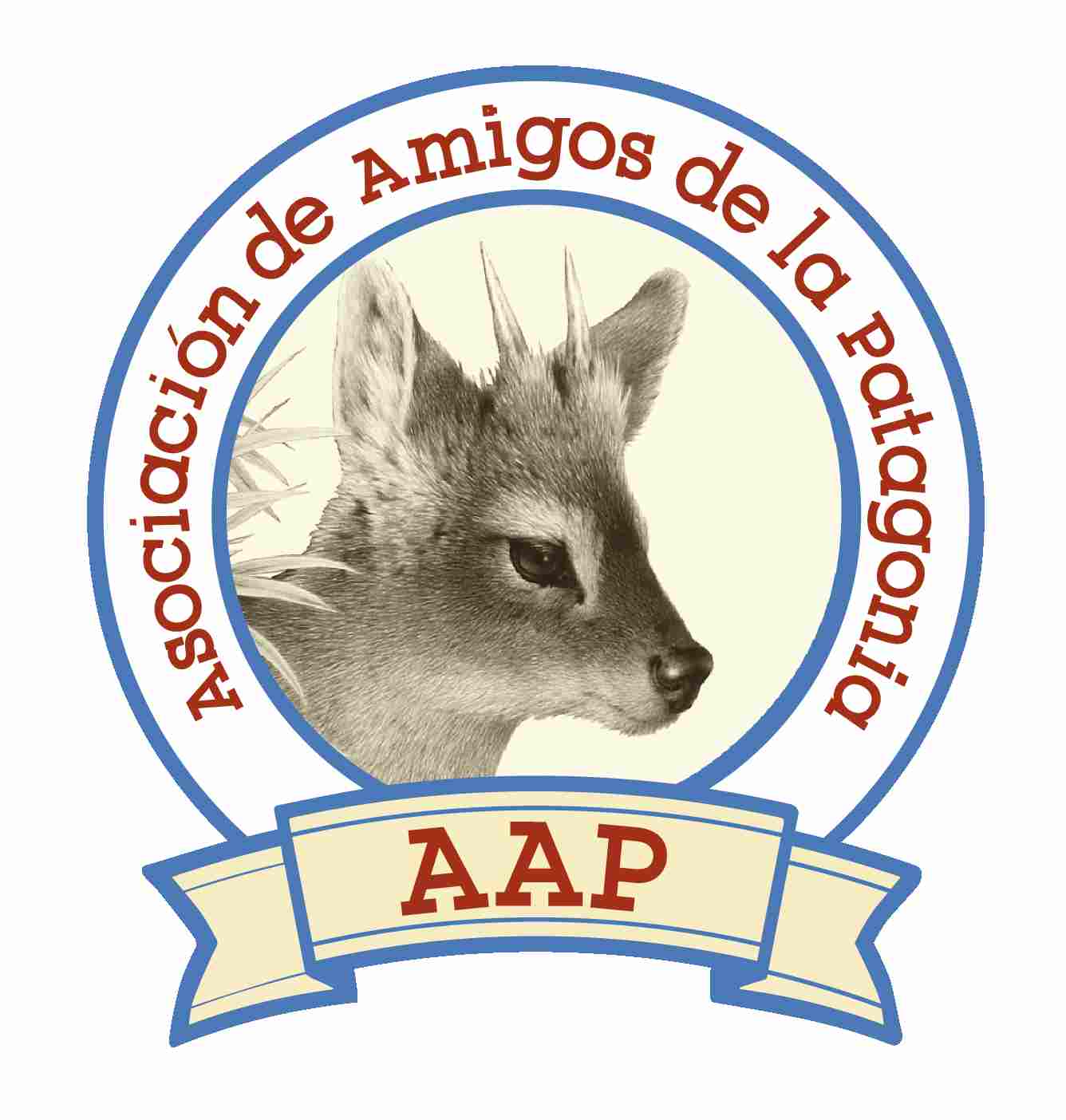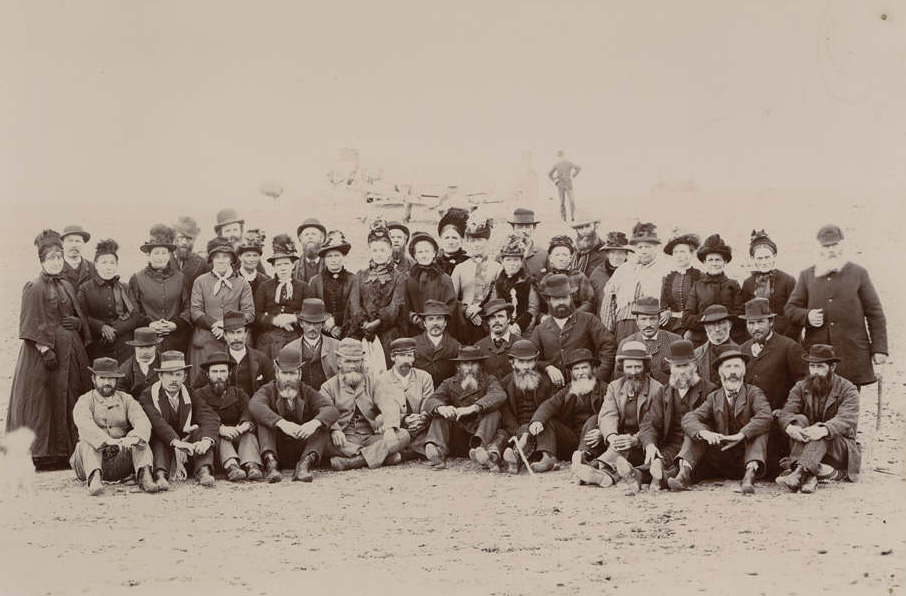
Patagonia Welsh route: the footprints of Wales in Argentina
Its, by far, one of the most fascinating stories in Argentina’s history. Back in the nineteenth century and after months sailing the Atlantic, a peaceful arrival of European settlers took place in Patagonia. From Puerto Madryn to Trevelin, they left their mark and today, you can also travel through the very famous Welsh route.
Though the history of why and how the Americas were conquered by the biggest empires in the world, is often cruel and full of violence. Blood baths, prohibition, and slave trafficking are among the very sad things that took place in this corner of the planet. This is exactly why the encounter between the welsh people and the Patagonian natives, is studied and celebrated still today.
Due to the religious persecution they suffered back in the British empire, life in Wales was becoming increasingly hard and they felt their culture and language (as well as the integrity of their people) was threatened. Driven by this, some of its leaders developed this idea of creating ‘a Wales beyond Wales’, and after considering New Zealand and Palestine as options to settle, they chose Patagonia.
If you’re looking for a road trip holiday in Argentina, we invite you to check our Argentina self-drive tours section.
Puerto Madryn, where the Patagonia Welsh legacy started.
It was a cold day in 1865, more precisely July 28th when the wooden boat “Mimosa” arrived in what is today Puerto Madryn (in an area known as Punta Cuevas). The settlers expected to find a landscape similar to south Wales, lush vegetation, spring waters and animals. Instead, they arrived in the semi-desert weather characteristic of the Patagonian plateau.
Only a few days after the arrival, they were greeted by the local natives: the Mapuches.
The tribe’s chief and the rest of them had absolutely no way to communicate verbally with the Welsh, and this was probably the first time they ever met people from a different culture. But as the story tells, the Mapuches offered the visitors a piece of bread, and this solemn act of generosity sealed a friendship that lasted forever.
Nowadays, a celebration takes place in Punta Cuevas every July 28th, where local reenact the encounter, while typical native and welsh sports and activities take place during the entire day. Right on top of Punta Cuevas, the ‘Museo del desembarco’ (Disembark museum) holds a decent collection of documents and pictures of this era and is curated by the very grandsons of the first settlers.
Besides enjoying the Patagonia welsh history, the winter is an ideal time for wildlife activities like whale watching and practice extreme sports like windsurfing or kitesurfing by the shore. Penguins, Orca Whales, and other animals can be spotted too, but in other time of the year. The best time for wildlife watching, when you can find almost all of them, is in spring.
Rawson is created and the first baby is born.
It was late July and a group of settlers decided to abandon Puerto Madryn and move on to the west. No roads built, no houses, no electricity or any modern comfort existed back then in this region of the Americas. Still, the welsh walked their way in the cold and windy northern Patagonia, carrying their belongings in wheelbarrows.
As they went further and further far from Puerto Madryn, some of them died, but one baby was born: María Humphreys. She became the first white woman and welsh descendant born in Argentina.
After a couple of days, the settlers finally found the Chubut River Valley and settled in what they ironically called ‘Adventure Fort’ (Caer Antur), which would later become “Rawson” (in honor to the Argentinian Interior Minister who allowed the welsh to establish in Argentina).
Rawson is now the capital of Chubut and here tourists can visit the Rawson Salesian Museum, inaugurated in 1941, which has a big collection of items about the welsh settler. Those who love wildlife and spend time outdoors, they can visit Playa Union, only 6 kilometers to the south.
In Playa Union, during the summer, it is possible to practice surf and windsurf at the beach or navigate to see Patagonian dolphins. Patagonia is one of the favorite spots for Commerson’s Dolphins, these friendly and mesmerizing animals can be seen near the city’s port or in the open sea.
Trelew and Gaiman, the cradle of Welsh culture in Patagonia.
The settlers’ expedition didn’t stop in Rawson, in fact, it continued for months and years. Between 1866 and 1888, they were able to build the most important cities in the province: Trelew (‘town of Lewis’ in welsh) and Gaiman (‘whetstone’ in native language). Those are, by far, the towns that host the vast majority of descendants in the “Welsh Patagonia”.
Back in the day, Trelew was the economic center of the region thanks to the railroads that connected the entire province. The flourishing of the city helped to consolidate the presence of the settlers who never experienced any opposition from the native populations throughout the province.
Trelew is now famous for its paleontological museum since in this area many fossils were found. Bryn Gwyn Paleontology Park, in Gaiman (20 kilometers west from Trelew) is an open area full of archeological remains that can be toured with the company of guides for about two hours. Museums, houses, and welsh chapels can also be visited in the city.
But by far, Gaiman is famous for its typical tea houses were visitors and locals gather to spend the afternoon. The very well known Lady Di, Princess Diana of Wales, chose the city and the tea house Ty Te Caerdydd to enjoy the typical flavors. Still today, the owners keep untouched the teacup and plates used by her. The Patagonian welsh cake is also very popular among the guests.
Trevelin, the last stop.
The Welsh settlers traveled and explored roughly the entire province from east to west, in just a few decades. On their way, they founded small towns such as Dolavon, Las Plumas and Paso de Indios.
Once they arrived near the Andes Mountain Range between the years 1885 and 1902, Esquel and Trevelin came to life. Esquel is one of the gates to the Lake District, full of incredible landscapes, lakes, ski centers, forests, which extends to Bariloche and further north.
On the other hand, 27 kilometers south of Esquel, we can find the picturesque town of Trevelin (from Trefelin, the Welsh for “mill town”). Besides the interesting welsh milestones, this village is home to a tulip field that every year fills the landscape with an explosion of colors.
Other attractions in the area:
- Los Alerces National Park. This Park was recently declared UNESCO world heritage, and it’s home to some of the biggest lakes in Patagonia and a large flora and fauna diversity (including millennials larches).
- There are Cave paintings from the natives that inhabited the region, and there are also some Mapuches descendant families who live nowadays in the surroundings.
- The Futaleufú river is great for flyfishing and other activities.
- Esquel and Trevelin are frequently combined with other great destinations of the Lakes District, such as Bariloche and Villa La Angostura.
Travel through the Patagonia Welsh route with Beyond BA LATAM
In Beyond BA LATAM we offer tours and experiences in Patagonia and the rest of Argentina and Chile, where we stand out in tailor-made vacations, designed around your interests and travel style. Probably the best way to travel around the welsh route in Patagonia is through a self-drive tour (even though there are other ways to do it). We invite you to contact us in order to start to create your next experience. It will be a pleasure!
Related posts & tours:
Patagonia Road Trip Itineraries





